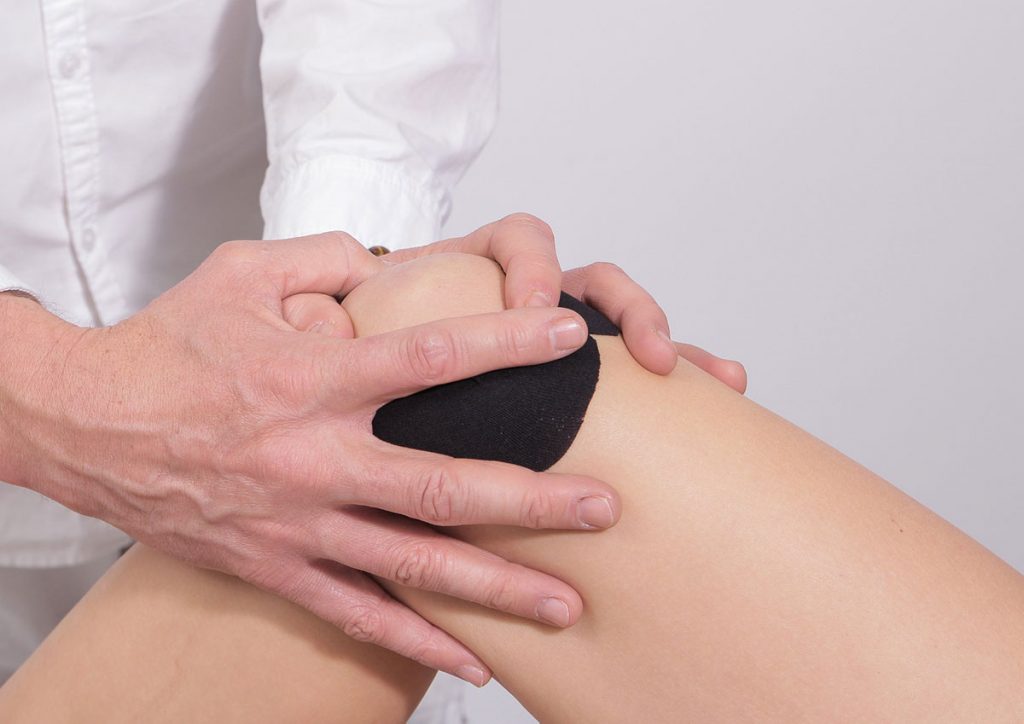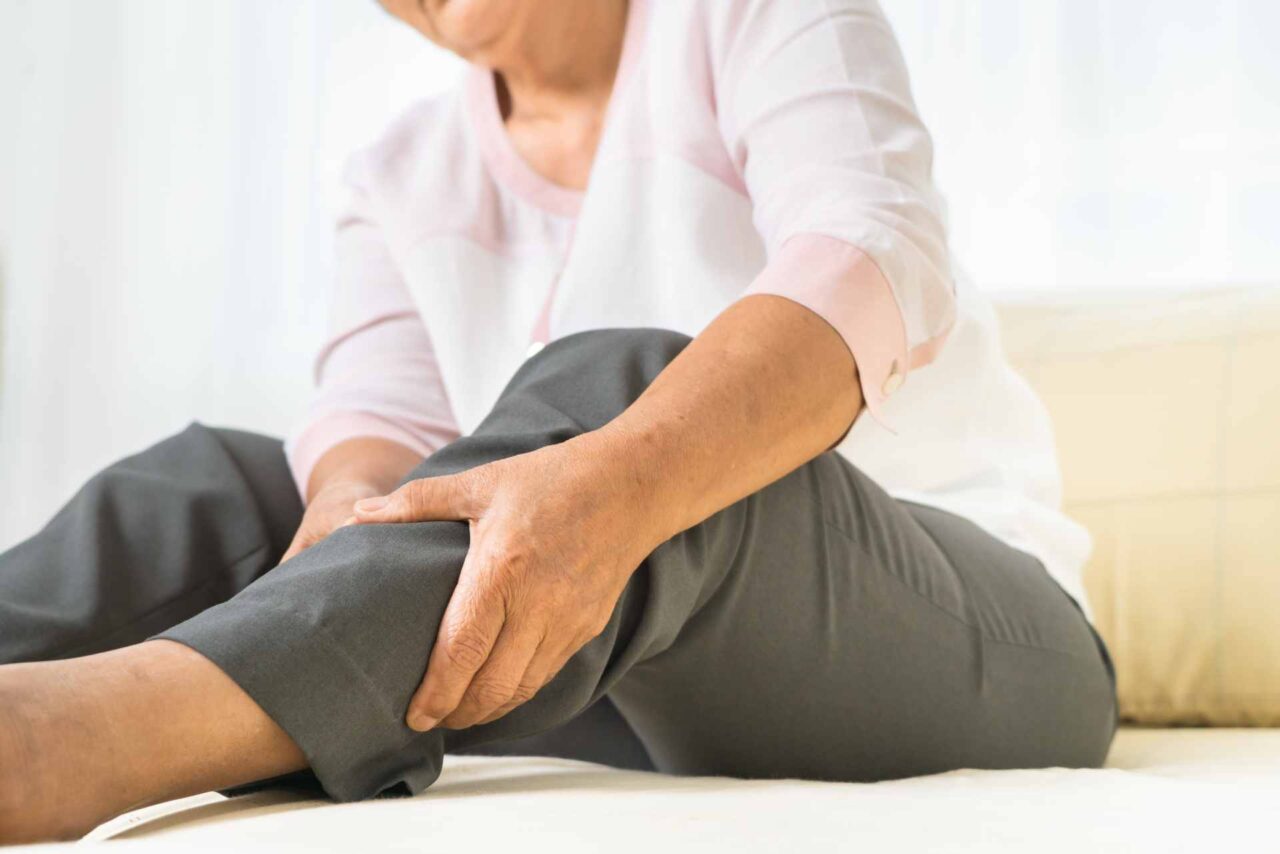Experiencing pain when straightening your knee can be frustrating and concerning, whether it happens after exercise, while walking, or when getting out of bed. Knee pain can be sharp, dull, or accompanied by stiffness, swelling, or instability. Understanding the underlying causes and effective treatments can help you find relief and prevent further discomfort.
In this article, we’ll explore the common causes of knee pain when straightening the leg, treatment options, and preventive measures to keep your knees healthy.
Why Does My Knee Hurt When I Straighten It?

When you straighten your knee, different structures within the joint, such as ligaments, cartilage, tendons, and muscles, are engaged. If any of these are injured, inflamed, or weakened, pain can occur. Common reasons include:
Patellar Tendonitis (Jumper’s Knee)
Inflammation of the patellar tendon, which connects the kneecap to the shinbone.
Causes pain below the kneecap, especially after jumping, running, or squatting.
Meniscus Tear (Cartilage Damage in the Knee)
The meniscus is a shock-absorbing cartilage in the knee. A tear can cause pain when the knee straightens.
Symptoms include locking, clicking, or swelling.
Osteoarthritis (Knee Joint Wear and Tear)
Breakdown of knee cartilage due to aging or overuse.
Causes stiffness, swelling, and pain when moving the knee.
Ligament Injuries (ACL, MCL, or LCL Sprains or Tears)
ACL tears often occur in sports and can cause sharp pain when straightening the knee.
MCL or LCL sprains may cause pain on the inner or outer side of the knee.
Knee Bursitis (Inflamed Fluid-Filled Sacs)
Inflammation of the bursa, which are fluid sacs that cushion the knee joint.
Leads to pain, swelling, and tenderness, especially when extending the leg.
IT Band Syndrome (Iliotibial Band Friction Syndrome)
Overuse injury common in runners and cyclists.
Causes pain on the outer side of the knee, often worsening when straightening the leg.
Baker’s Cyst (Fluid Buildup Behind the Knee)
A fluid-filled swelling that forms at the back of the knee.
Can cause tightness, stiffness, and pain when fully extending the knee.
Patellofemoral Pain Syndrome (Runner’s Knee)
The kneecap does not track properly over the femur, leading to pain.
Pain worsens with stairs, squatting, or sitting for long periods.
How to Relieve Pain When Straightening the Knee
Rest and Activity Modification
Avoid activities that worsen the pain, such as deep squats or prolonged standing.
Allow your knee to heal and gradually return to normal movement.
Ice and Heat Therapy
Ice packs applied for 15 to 20 minutes several times a day help reduce inflammation and numb pain.
Heat therapy, such as heating pads or warm baths, improves blood flow and relaxes tight muscles.
Physical Therapy and Strengthening Exercises
Strengthening the quadriceps, hamstrings, and glutes supports knee stability.
Gentle range of motion exercises prevent stiffness and improve mobility.
Recommended exercises include straight leg raises, wall sits, and hamstring stretches to strengthen and support the knee.
Also Read: Knee Pain After Femur Rod Surgery – Causes, Recovery & Treatment!
Knee Braces and Compression Sleeves
A knee brace provides extra support and relieves pressure.
Compression sleeves reduce swelling and improve circulation.
Over-the-Counter Pain Relievers
NSAIDs like ibuprofen or naproxen help reduce inflammation.
Topical pain relief creams or gels can provide localized pain relief.
Proper Footwear and Orthotics
Supportive shoes with good cushioning help reduce knee strain.
Custom orthotics correct gait issues that may be contributing to pain.
When to See a Doctor
Seek medical attention if you experience:
Severe pain that worsens over time.
Swelling, redness, or warmth around the knee.
Locking, clicking, or instability in the knee.
Difficulty bearing weight or walking.
A doctor may recommend X-rays, MRI scans, or physical exams to determine the exact cause and provide appropriate treatment.
How to Prevent Knee Pain When Straightening the Leg
Warm up properly before exercising.
Strengthen leg muscles to support knee function.
Avoid sudden increases in activity that could strain the knee.
Use proper techniques for squats, lunges, and stair climbing.
Maintain a healthy weight to reduce pressure on the knee joint.
FAQ’s
1. Why does my knee hurt when I straighten it?
Knee pain when straightening the leg can be caused by conditions like patellar tendonitis, meniscus tears, arthritis, ligament injuries, or inflammation of the knee structures.
2. Can a meniscus tear cause pain when straightening the knee?
Yes, a meniscus tear can cause pain, stiffness, and locking of the knee, especially when trying to fully extend the leg.
3. How can I relieve knee pain when straightening my leg?
Rest, ice therapy, physical therapy exercises, knee braces, and over-the-counter pain relievers can help manage and reduce pain.
4. When should I see a doctor for knee pain?
Seek medical attention if the pain worsens, is accompanied by swelling or redness, or if the knee feels unstable, locks, or prevents normal movement.
5. Can poor walking posture cause knee pain when straightening?
Yes, improper gait or posture can put extra strain on the knee joint, leading to discomfort when extending the leg.
6. Does osteoarthritis cause knee pain when straightening?
Yes, osteoarthritis leads to cartilage breakdown, causing stiffness, swelling, and pain when moving or straightening the knee.
7. Are there exercises to prevent knee pain?
Yes, strengthening exercises for the quadriceps, hamstrings, and glutes, along with proper stretching, can improve knee stability and prevent pain.
8. Can a knee brace help with pain when straightening the knee?
Yes, a knee brace provides support, reduces strain, and can help alleviate pain by stabilizing the joint.
Final Thoughts
Pain when straightening the knee can result from various conditions, including tendonitis, arthritis, ligament injuries, or cartilage damage. Identifying the cause is key to finding the right treatment. Rest, physical therapy, ice therapy, and strengthening exercises can help relieve discomfort. However, if pain persists or worsens, consult a doctor for a thorough evaluation and personalized treatment plan. By taking care of your knees with proper movement, strength training, and preventive measures, you can maintain mobility and stay pain-free.
Related Post
- Zimatejigemo – Unlocking the Fusion of Creativity, Identity, and Innovation!
- Tinaypimatelate – The Revolutionary Concept Shaping the Future of Innovation!
- Limhuloxidpov – A Complete Guide to Understanding This Unique Concept!
- Zaxtexporoz – Exploring the Emerging Concept of Innovation and Digital Transformation!
- Lekulent – The Breakthrough Wellness Solution Taking the Health World by Storm!






